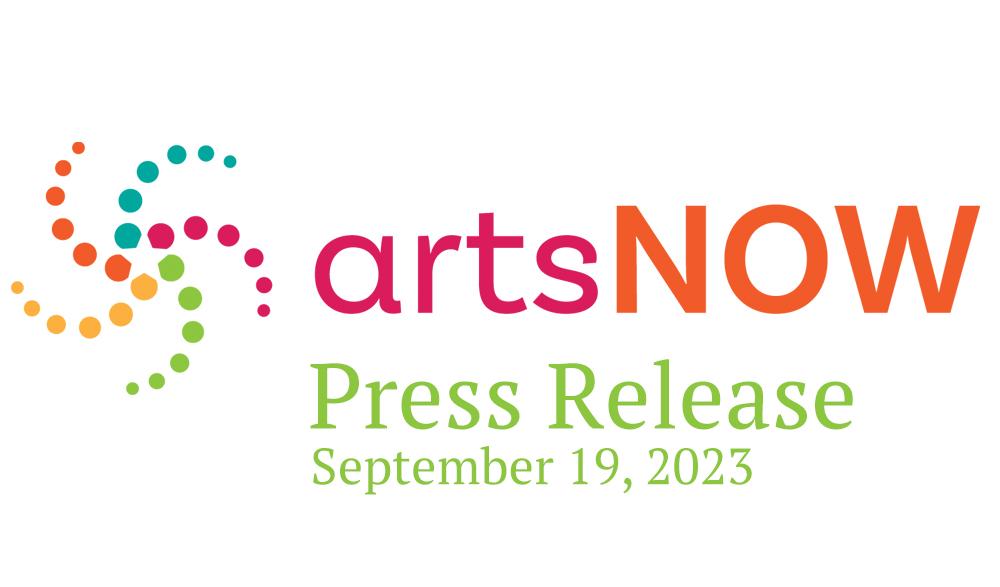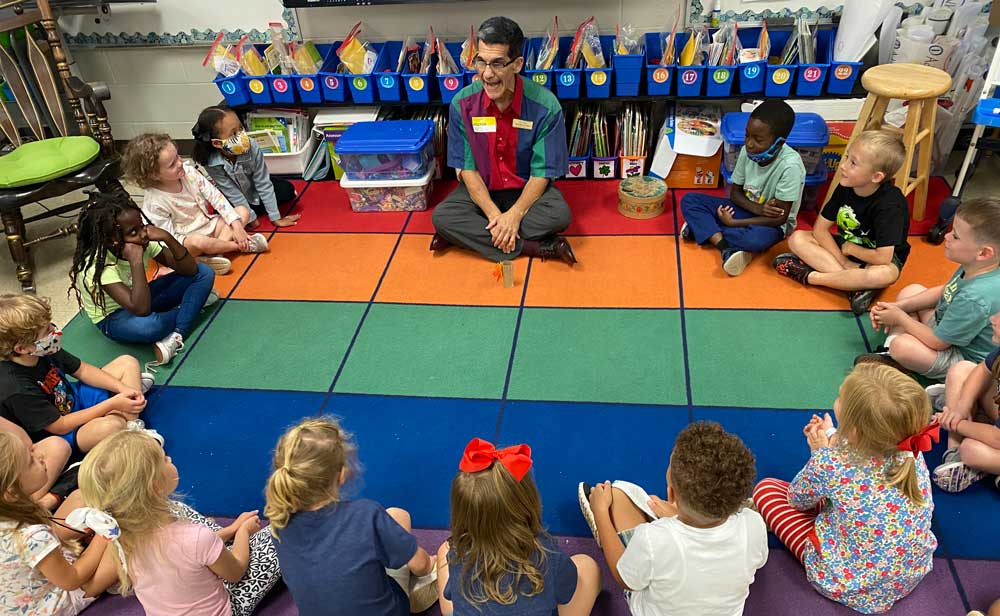ArtsNOW Gives Away 2,700 Books with REALAI Grant
ArtsNOW Gives Away 2,700 Books with REALAI Grant

Thanks to the REimagining and Accelerating Literacy through Arts Integration (REALAI) grant, ArtsNOW has given away culturally relevant books and spread joy to over 2,700 students across six elementary schools.
The REALAI grant supports literacy growth and achievement in six schools in Georgia and South Carolina. One aspect of the grant focuses on providing families with access to books and content to support their child's reading journey. ArtsNOW selected age-appropriate and culturally relevant books and developed Creativity Task Cards, which provided fun arts-integrated activities in dance, visual arts, music, and theatre inspired by each story.
In 2023-2024, ArtsNOW gave away these select books at the grant schools:
- I Believe I Can by Grace Byers (Grades K-1), Creativity Task Card K-1
- Maybe Something Beautiful by F. Isabel Campoy and Theresa Howell (Grades 2-3), Creativity Task Card 2-3
- Change Sings by Amanda Gorman (Grades 4-5), Creativity Task Card 4-5
The REimagining and Accelerating Literacy through Arts Integration (REALAI) grant supports the literacy achievement of approximately 2,700 students and 170 teachers, media specialists, and literacy coaches across six schools in Georgia and South Carolina through a three-pronged approach.
As the first prong, ArtsNOW provided professional learning to educators to integrate the arts into all academic subjects. The goal is to build teachers' capacity for delivering evidence-based literacy instruction with arts integration. Professional learning also aims to create a supportive, inclusive environment at school and home that supports literacy development responsive to students' needs and backgrounds.
Arts integration provides opportunities for students to be more engaged for greater academic and personal achievement. Arts integration is designed to be a joyful, active, and memorable learning experience. Incorporating the five recognized arts disciplines — visual arts, dance arts, theater arts, music arts, and digital media arts — aligns with common core standard practices and fine arts standards. The arts become an approach to teaching, as well as a vehicle for learning.
Second, the REALAI grant contributes significantly to school library collections through the purchase of developmentally appropriate and culturally relevant books. Over the course of the grant, each school media center will receive $10,000 in books to add to their collection. ArtsNOW enhances school library programs to support teachers' integration of the arts into their literacy instruction. In addition, each school will receive $6,500 to build out classroom libraries.
Third, as mentioned above, ArtsNOW selected and distributed culturally relevant books with supporting materials to over 2,700 children to support their reading development. Students and families receive arts-integrated instruction resources to increase reading motivation, performance, and frequency.
The REimagining and Accelerating Literacy through Arts Integration grant is a five-year grant from the U.S. Department of Education through the Innovative Approaches to Literacy (IAL) grant. ArtsNOW will select new books each of the next two years (2024-25, 2025-26) that students in the grant schools will also receive. In total, ArtsNOW plans to disperse over 7,500 books through this grant.
The following schools are part of the REALAI grant with ArtsNOW:
Clayton County Public Schools (G.A.)
- East Clayton Elementary School
Florence School District 3 (S.C.)
- JC Lynch Elementary School
- Lake City Early Childhood Center of the Arts
Colleton County School District (S.C.)
- Northside Elementary School
- Cottageville Elementary School
- Forest Hills Elementary School




